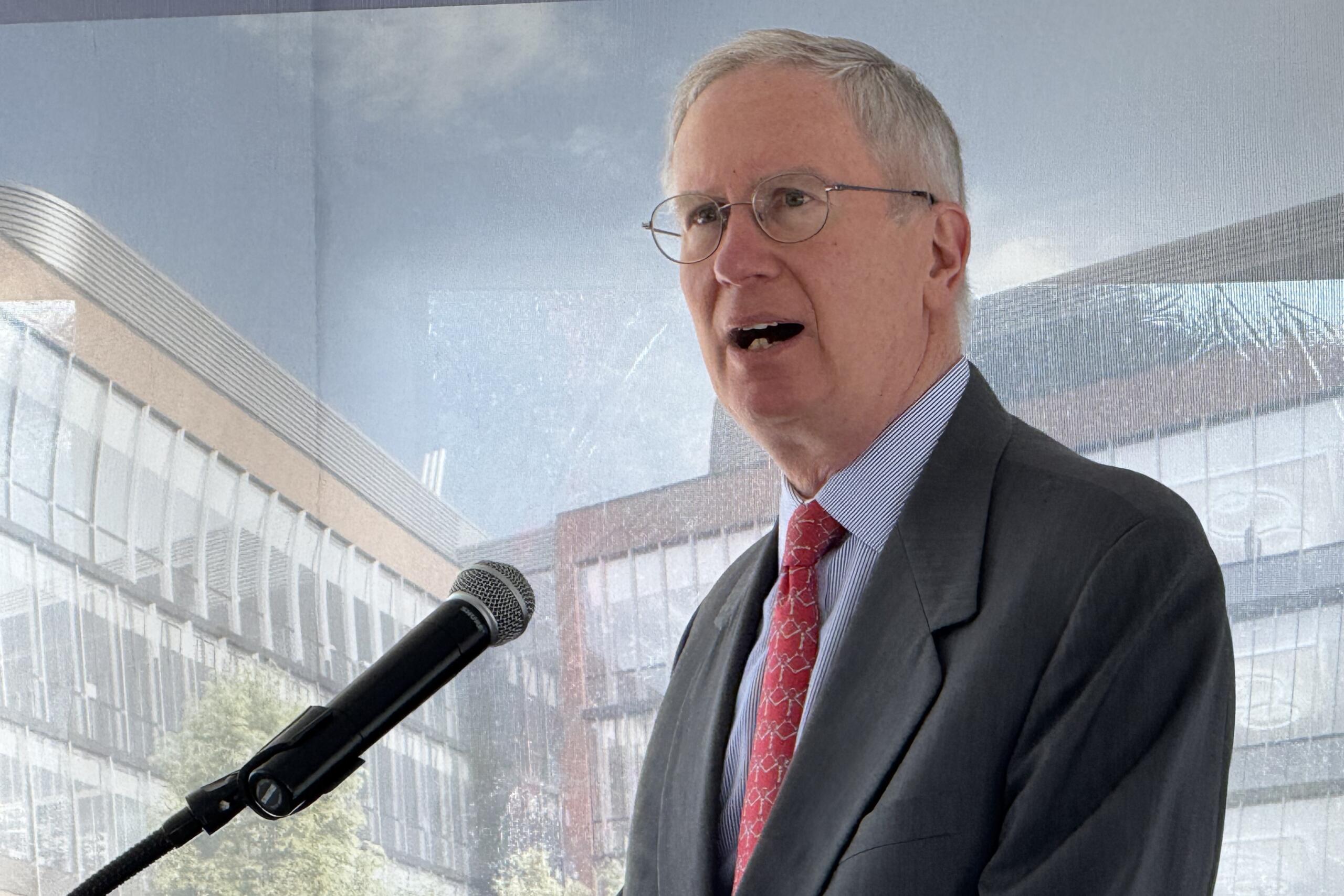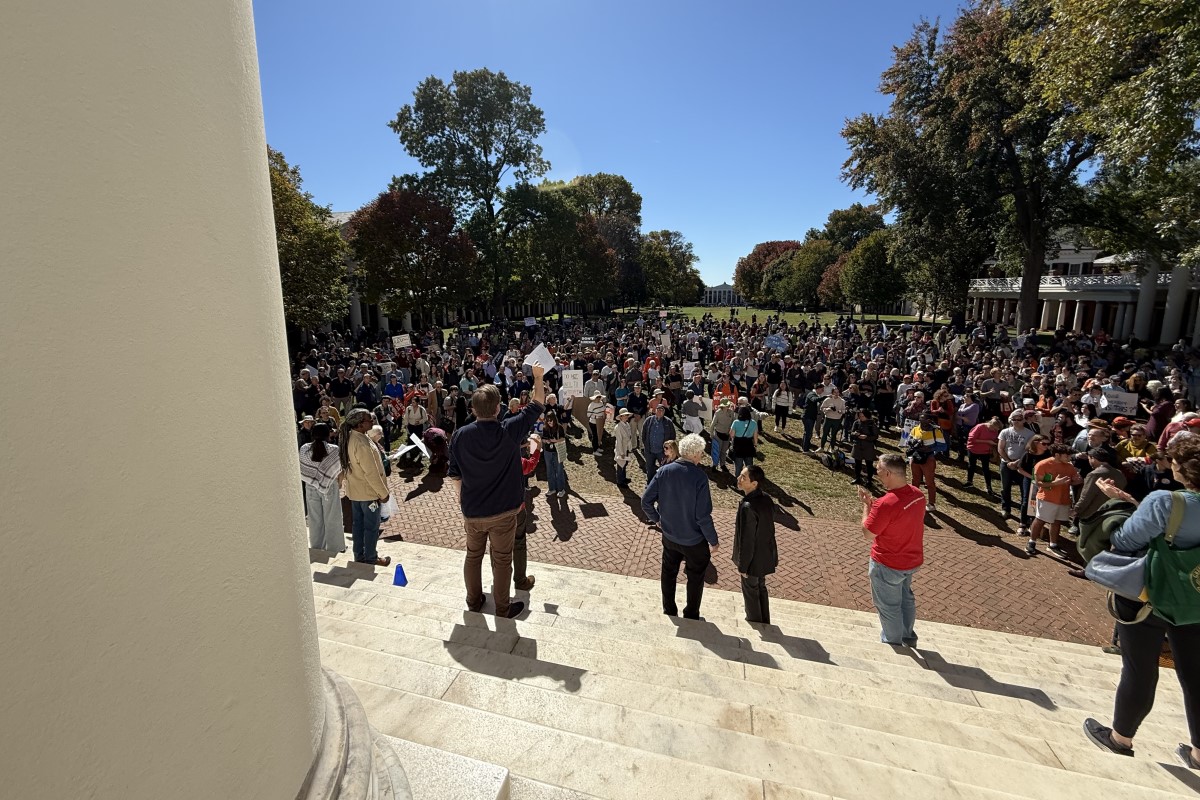CHARLOTTESVILLE, VA (CVILLE RIGHT NOW) – The man who wrote the final report on what happened in Charlottesville in 2017 said many of the things said about the First Amendment takes him back to the days of writing that report.
“I think is wide misconception about the contours of the First Amendment of this country,” Tim Heaphy told WINA’s Morning News.
He said when he was talking to people in the course of that investigation, “I had so many people say why did the city let them come in the first place, why didn’t the city say ‘no’ to that permit.”
“And the answer was they can’t because the Constitution protects free speech. The government does not make content-based decisions based on the nature of the speech.”
Heaphy said people have the First Amendment right in a public forum, like a park, to say anything as long as “it does not directly incite imminent unlawful actions, as long as it doesn’t directly threaten an identifiable person.”
That means the speech can be obscene, hateful, or racist because this country “was founded on the principle on the government doesn’t pick and choose, well, we like that speech but we don’t like that other”.
The situation of a broadcast, Heaphy said, does have different parameters which has been legislatively placed under the purview of a Federal Communications Commission.
The FCC was formed to regulate a finite spectrum of frequencies over a public airwaves, thus a licensing requirement.
“The FCC has sort of outlawed certain expressions, curse words, or things that are obscene, a sort of old-fashioned morals rule that we don’t want expose children or vulnerable listeners to that kind of language that is offensive.”
Heaphy said, “That is a statutorily defined limitation on what can be broadcast, but the city couldn’t shut that down of that person said that on the Downtown Mall.”
There are certain time, space, and manner restrictions that can be placed in some situations, such as UVA where there are certain designated times and place one can protest in regard to people studying and living in certain areas on and around Grounds.
Heaphy notes a point of contention in a First Amendment issue is what constitutes a situation that may “directly incite imminent unlawful actions”.
“They’re not always crystal clear and they don’t always contemplate new, evolving technology.”
“There are often times judges, or city officials, or law enforcement officials that are interpreting these standards, these words, these immutable principles and applying them to evolving situations.”
He said that’s where lawyers come in, and there’s oftentimes subjectivity built into the interpretation of these laws.



